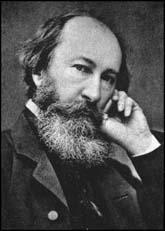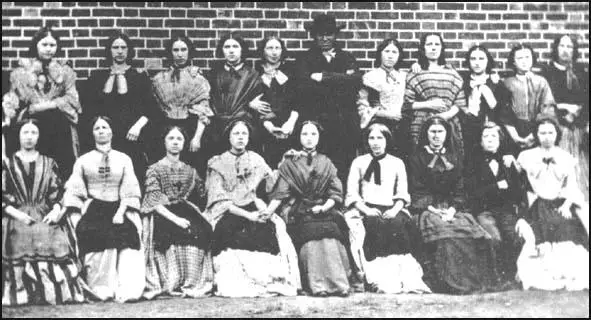Peter A. Taylor

Peter Alfred Taylor, the son of Peter Taylor and Catherine Courtauld, was born in 1819. His father had invested money in George Courtauld & Co, when his cousin, George Courtauld, was short of capital in 1817. The following year, George left for America and Samuel Courtauld joined Taylor in expanding the business. Over the next few years Courtauld & Taylor purchased steam-engines and power-looms for its mills in Braintree, Halstead and Bocking.
Taylor, like his father, was a Unitarian, who favoured social reform. As a young man he lectured on behalf of the Anti-Corn Law League and in 1847 he joined Giuseppi Mazzini to establish the People's International League, an organisation that campaigned for universal suffrage.
In 1849 Peter Alfred Taylor joined the Courtauld & Taylor company as a partner. The following year, when his father, Peter Taylor, died, he took a more prominent role in running the business. However, his main interest was politics and in 1860 became the Radical MP for Leicester. Three years later he withdrew his capital of £72,000 from the business and concentrated on his political career.
In the House of Commons Taylor worked closely with John Stuart Mill and Henry Fawcett in supporting women's suffrage. His wife, Clementia Taylor, was also active in the movement and for many years was treasurer of the London National Society for Women's Suffrage.
After his retirement from Parliament in 1884, Peter Alfred Taylor moved to Hove where he died in 1891. Throughout his life Taylor gave generously to humanitarian causes and this is reflected in the small amount of money that he left to his family in his will.

Primary Sources
(1) George Stephenson, letter published in The Philosophical Magazine (13th March, 1817)
I observe you have thought proper to insert the last number of the Philosophical Magazine your opinion that my attempts at the safety tubes and apertures were borrowed from what I have heard of Sir Humprey Davy's researches. The principles upon which a safety lamp might be constructed I stated to several persons long before Sir Humphrey Davy came into this part of the country. The plan of such a lamp was seen by several and the lamp itself was in the hands of the manufacturers during the time he was here.
